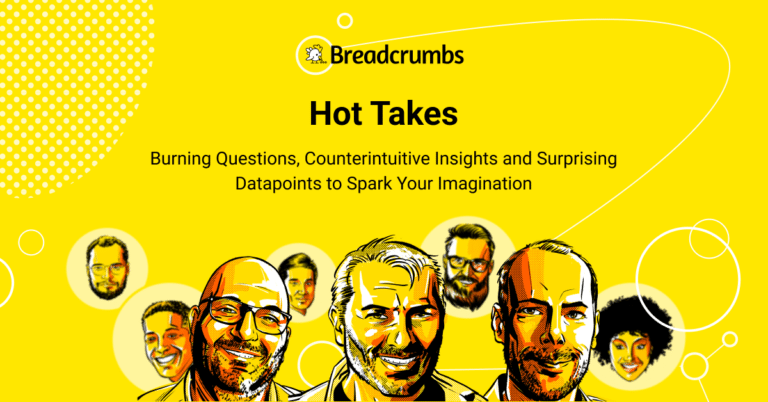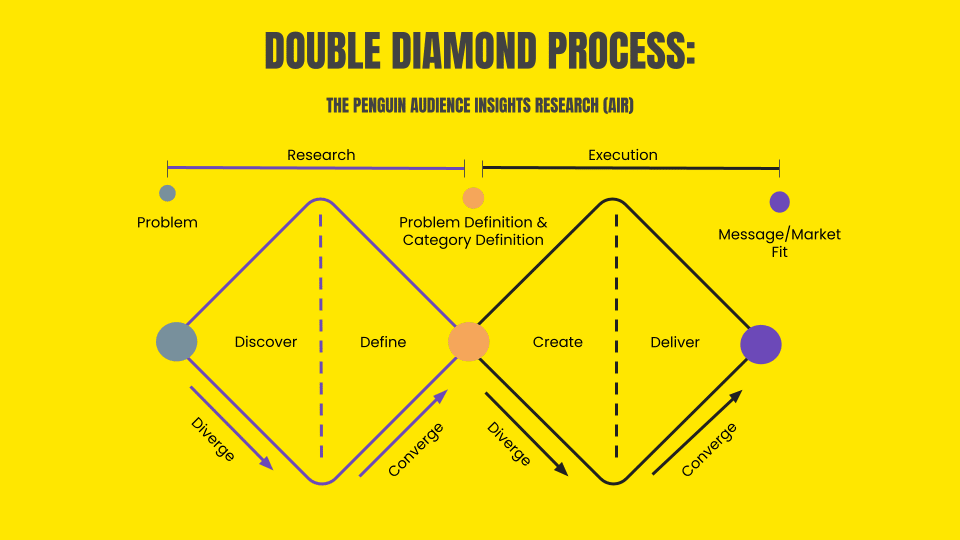

Unkover your competitors’ Marketing Secrets
Say goodbye to wasting hours on competitor analysis by equipping your team with an AI-driven, always-on competitive intelligence platform.


Say goodbye to wasting hours on competitor analysis by equipping your team with an AI-driven, always-on competitive intelligence platform.

Stay Ahead with AI-DRIVEN Competitive Intelligence
Unkover is your AI-driven Competitive Intelligence team delivering critical updates about your competitors the moment they happen:
Track your competitors website changes
Why spend all day stalking the competition when you don’t have to?
With Unkover, you’ll know instantly when your competitors tweak their messaging or shake up their pricing. No more endless scrolling through their sites or second-guessing your strategies.
Let us do the heavy lifting for you, ensuring you’re always in the loop by notifying you the moment a critical change happens on your competitor’s pages.
Sit back, relax, and keep winning—Unkover makes sure you’re not just in the game, you’re always a step ahead.


Read your competitors emails
Companies love updating their customers and prospects about relevant news, product updates, and special offers.
That juicy info from your competitors? It’s yours too. Unkover will automatically capture all their emails and bring them right to your doorstep—accessible to your entire team, anytime.
[COMING SOON: Our fine-tuned AI will sift through these emails, extract key information and send them over to the best team within your org. Less noise, more signal!]
We hear you! Unkover’s goal is not to flood you with tons of data points that no one in your team will ever read. We gather competitive intelligence from thousands of data sources and use AI to highlight actionable information to the right team in your company.
Say goodbye to noise. We’re 100% signal.
ROADMAP
We’re excited to get Unkover in your hands as soon as possible and keep building the best competitive intelligence tool with your precious feedback. The roadmap for the next few months is already exciting, so take a look!
While we build and deliver, here’s our promise to you: as an early tester and customer, you’ll lock in an exclusive bargain price we’ll never offer again in the future.

Spy on your competitors’ full marketing strategy: social, ads, content marketing, email flows, and more.

Track competitive Win/Loss analysis and build battle cards. Get alerted at every pricing change.

Get immediate alerts when competitors announce new features or major releases. Identify strengths and weaknesses from online reviews.

Get the competitive intelligence you need where you need it: Slack, eMail, MS Teams, Salesforce, Hubspot, Pipedrive and more.
slack integration
Unkover’s Slack integration lets you keep your whole team up to speed with your competitors’ updates.

Join now to lock in an exclusive 50% lifetime discount
For startups and small teams, it’s the essential toolkit you need to keep an eye on a select few competitors.

Up to 5 competitors

50 pages monitored

10 email workflows

3-day data refresh
$39
/per month
$ 79
50% discount
Billed annually
For growing businesses, it allows you to monitor more competitors, pages, and email workflows.

Up to 10 competitors

100 pages monitored

20 email workflows

1-day data refresh
$79
/per month
$ 159
50% discount
Billed annually
For large companies, it is tailored to meet the needs of multiple teams needing granular insights.

Custom number of competitors

Custom number of pages monitored

Custom number of email workflows

Hourly data refresh
Custom price
Billed annually

Half of the blog posts published online today dramatically like to claim that attribution is broken. It’s not broken, though; it’s just misunderstood.
This was the opinion shared by Perry Nalevka in his Hot Takes Live talk. Perry is the CEO of Penguin Strategies, which is a growth agency that helps tech brands scale fast.
He shared that a recent mini-event yielded the following results:
This was according to the attribution software, however, which, as Perry says, sometimes is just attribution speak for “I don’t know.”
After diving through the results, they discovered that over 50% of the people had actually heard of the event through what they call “dark social media,” like a WhatsApp message or a Slack channel. Those users saw the link and then shared, clicked, and converted.
So attribution software isn’t giving us the full picture. There’s no getting around that.
But it’s not broken. We just need to know how to operate within the misunderstood and often confusing system.
To address the crisis of disconnection, Perry says that we need to look at the following:
Most teams focus on output, with differentiated DemandGen messaging and a content plan. They’ll then put together a DemandGen strategy and content plan based on audience insights research and invest in remarkable content creation.
Finally, they run “DemandGen” campaigns that are measured by page views, time on the site, and the number of returning visits to your site instead of just optimizing for leads.
The missing piece, though, is regulating audience insights research (AIR). This is what Penguin Strategies uses:

The idea here is that you start at the very beginning before starting content creation. This means understanding your true ideal customer profile (ICP) in depth before you start testing content to see what sticks.
And as the economy recedes, you can expand into new ICPs quickly by interviewing them, understanding their worldview, and really grasping what they need that you can deliver.
Once you have that, you can look at which problems you want to solve and what content you want to create, and then the attribution comes back into play while you assess qualitative and quantitative data surrounding your audience.
And when it comes to non-sales outreach, the following best practices are a good place to start:
This is a new approach—but it’s an effective one in Perry’s experience. And as his favorite hockey player (Wayne Gretzky) put it, “I skate to where the puck is going to be, not where it has been.”
Want more? Join 48 of the top SaaS leaders on February 16th, 2023, as they dish out hot takes and surprising insights on product-led growth, RevOps, marketing, and sales. Save your seat now!